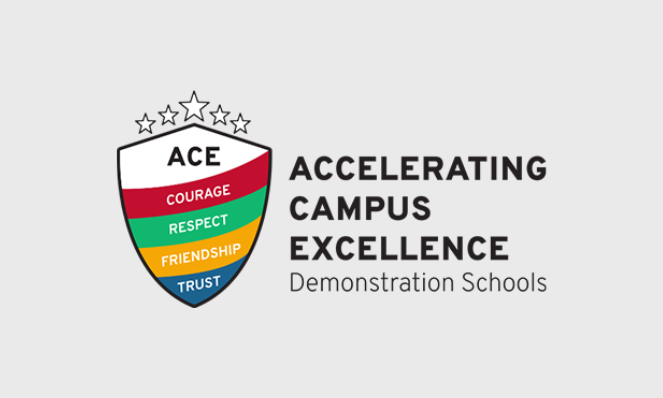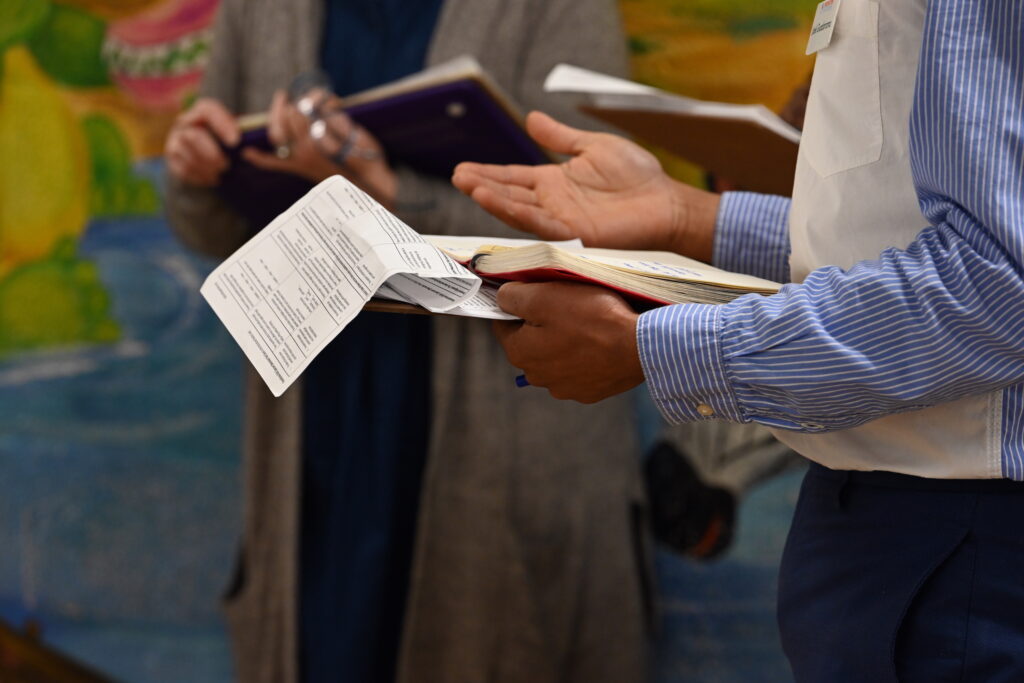
Conditions & Practices for Effective Teacher Support Models
Update: In 2022, we published the Professional Learning Conditions and Practices, a free resource containing tools for monitoring and strengthening teacher learning—including content-specific unit internalization and lesson preparation protocols. Learn more and download the full set of free resources here.
“We adopted high-quality materials and set up structures for teacher support, but our teachers aren’t loving the new materials and we just aren’t seeing the changes in our classrooms that we expected.”
Again and again, we hear a version of this story from school leaders across the country. The introduction of new materials can create challenges and frustrations when the right teacher support structures are not in place. But, how do leaders know what the “right” support is for their teachers?
WHAT DOES EFFECTIVE TEACHER SUPPORT LOOK LIKE IN PRACTICE?
Research shows that teacher support is most effective when it is aligned to a high-quality curriculum.* When we studied the differentiating actions of leaders who successfully implemented curriculum, we found that while everyone trained their teachers on new materials, it was those who also had aligned structures for planning and coaching that saw improvement. This research established the three pillars of a teacher support model for curriculum implementation: train, plan, coach.
We still have more to learn about the precise conditions, structures, and practices within a Train-Plan-Coach model of support. Luckily, there is a wealth of knowledge from school systems nationwide that have implemented high-quality materials and are providing excellent support for their teachers. We interviewed multiple stakeholders from successful school systems**, including district leaders, instructional coaches, and our own staff, to gain greater insight into the teacher support occurring within those schools.
While our research is still ongoing, there are emerging trends in the conditions and practices present in effective teacher support models.
CONDITIONS FOR EFFECTIVE TEACHER SUPPORT MODELS
We found that successful leaders established two common conditions in their schools to enable effective professional learning:
-
Clear Instructional Focus: There is an explicit instructional focus that is articulated and shared across the school or system, and leaders protect professional learning time for teachers to ensure that all support is aligned to that focus.
-
In a Tennessee school district, teachers engaged in unit internalization and preparation for each CKLA unit for the last four years, developing teachers’ knowledge of the curriculum and comfort with using the materials. This support was sustained over time without any new initiatives to distract from the work, and the ongoing, focused effort signaled to teachers that this work is truly a priority for the district.
-
-
Culture of Adult Learning: Teachers are invested in the instructional goals and priorities of their school and understand how the instructional focus supports those goals, and/or teachers are active owners of their professional learning by helping to set the school’s instructional vision and learning agenda.
-
In a Florida middle school, the principal and school leadership team set the priorities and focus for each school year based on student data, and set the structure and schedule for teacher support. The teachers then set the agenda for their own learning within that focus area.
-
PRACTICES IN EFFECTIVE TEACHER SUPPORT MODELS
-
Internalization at the Unit Level
Unit internalization is the process by which teachers study the unit to deeply understand what students are expected to learn, how students will be assessed, and the arc of learning over the course of a unit. Teachers engage in this process collaboratively or with a coach prior to teaching each unit, and it sets up the work they will do over the course of teaching the unit.
During internalization, teachers identify lessons they may want to focus on and key student tasks they want to analyze throughout the unit to know how students are progressing. In most of the schools we interviewed, unit internalization is a critical practice because it anchors teacher support in instruction.
-
Lesson Preparation
In the schools we interviewed, there were multiple approaches to lesson preparation:
-
Lesson internalization: Similar to unit internalization, lesson internalization is the process by which teachers study the lesson to understand what students are expected to learn in the lesson and make decisions about how to deliver the lesson content.
-
Practicing lesson delivery: Teachers select a part of a lesson they want to practice prior to teaching it to students. They then practice teaching that part of the lesson to their peers and receive feedback to improve lesson delivery.
-
Strategic internalization (e.g. internalizing only for discourse or questions): This is similar to lesson internalization, but teachers focus on a specific teaching practice they are trying to implement in their instruction.
-
-
Student Work Analysis
Teachers analyze student work to norm on expectations for student mastery, identify trends in mastery within their classes, and determine how to address students’ needs. Student work analysis typically occurs as part of weekly planning meetings where teachers discuss student work from tasks identified during unit internalization or lesson preparation.
-
Follow-Up Observations & Feedback
Leaders observe teachers to identify trends in execution, and follow up to support improvement. This can be accomplished in individual or group settings:
-
Individual: Teachers meet with their coaches and receive specific feedback.
-
Group: There are practice clinics focused on skill-building.
-
We still have much more to learn about the impact of specific actions and how all of the different practices work together in a cycle of learning. We will continue to test our models and learn from our partners, and we are committed to sharing our learning as we go.


